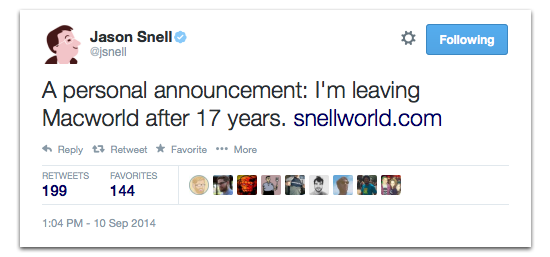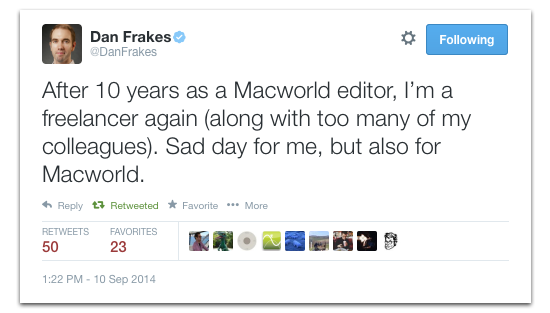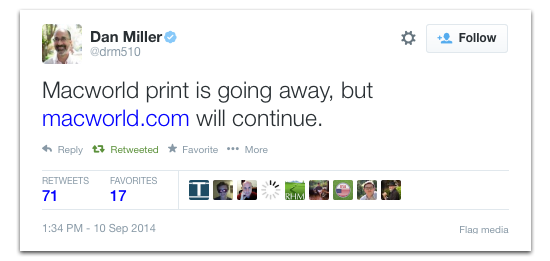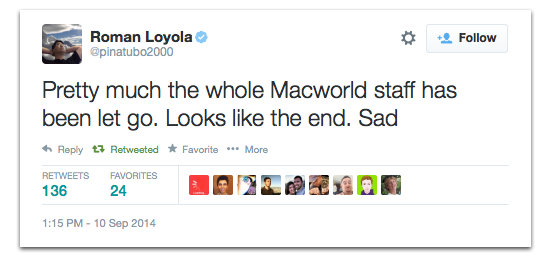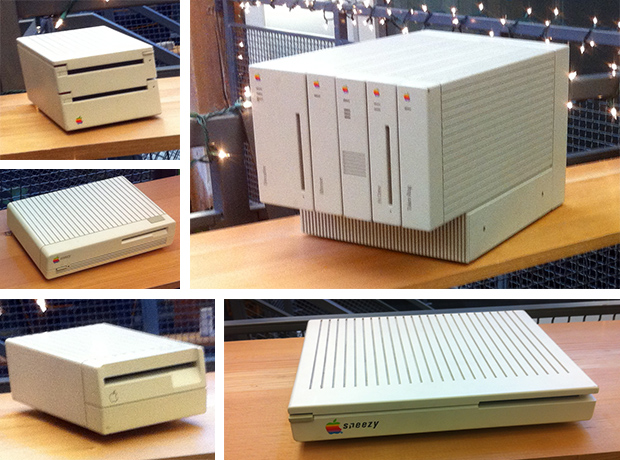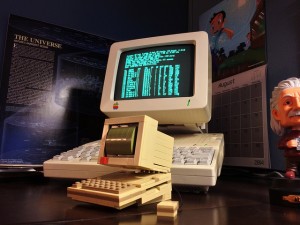Upon returning to Apple in 1997, Steve Jobs set forth to pull the company back from the brink and turn it into the most influential company in the world. And in the course of his 14 year (second) reign, he did just that. Along the way he made lots of hard decisions, cut products, brought forth new products (some highly successful, some less so), and took the company into entirely new markets. And, all the while, he held firmly onto his “we don’t look back” mentality.
After Jobs’ passing, the company continued to hold tight to that notion, as demonstrated by Apple Senior VP of Worldwide Marketing Phil Schiller’s response to computer historian David Greelish’s call to Apple to create a small museum of sorts in its forthcoming, futuristic headquarters to showcase the company’s roots to the public.
“We’re focused on inventing the future, not celebrating the past…It is not who we are or who we want to be,” Schiller replied.
As time passed Apple continued to prosper under the leadership of Tim Cook and company, at first by strictly following the Jobs plan but, more recently, by hitting a new and promising stride, making certain moves that seem right in today’s landscape, but that might be hard to envision under Jobs’ command. I think this recent evolution at Apple is summed up perfectly by Josh Topolsky over at The Verge.
While I watched Apple’s WWDC 2014 opening keynote on Monday morning, I couldn’t stop thinking about the infectious mixture of fun and confidence everyone onstage seemed to be exuding. It was something new for this era of Apple, and it felt like a mirror image of the announcements being made. The message was loud and resonant from where I sat: We’re back, we’re ready to play, and we know who we are.
And, now, to the point of this post. Apple has been prolific of late with it’s iOS video ad campaign, but it is a recent Mac ad that has me writing. The video in question is entitled “Stickers” and it highlights the way many users have been personalizing their MacBook Airs with stickers of all shapes and sizes. (I, myself, keep it fairly simple and to the point.) The spot showcases well over 100 eclectic designs, and one of them shows a pixellated rendering of the original six-color Apple logo amid a field of Galaxian space insects — just for an instant. As I watched the video, that jolted me and had me smiling wide as the rest of the sticker parade flashed quickly by. What happened next, however, blew my mind. As the ad wrapped up, the MacBook Air rotated and then closed. “The notebook people love.” “MacBook Air” And then, as expected, came the black Apple logo on an empty white field.
And then it winked at me. The modern, monochrome Apple logo winked out every one of its beautiful, original six colors — green, yellow, orange, red, purple, blue — laid out right there in the classic horizontal stripe configuration, in the designated logo spot. I saw the pixellated bit earlier in the video, and that was great, but this was in the official logo spot. At the end of that video Apple took the symbol that represents all that they are, and they winked at us. They winked (and, I think, nodded) to the past.
This is, indeed, The New Apple, the Fun Apple. And I like where it’s going.

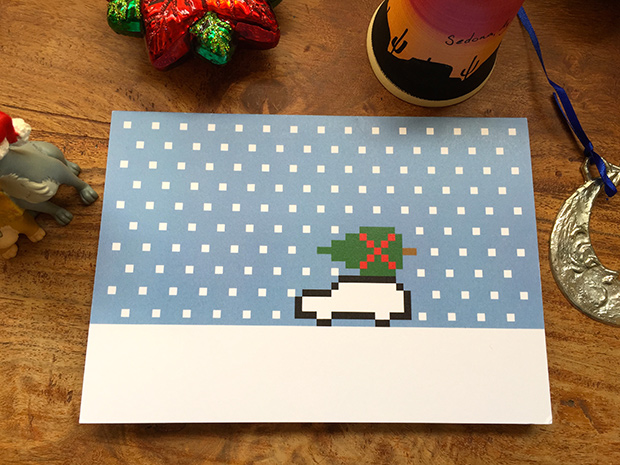
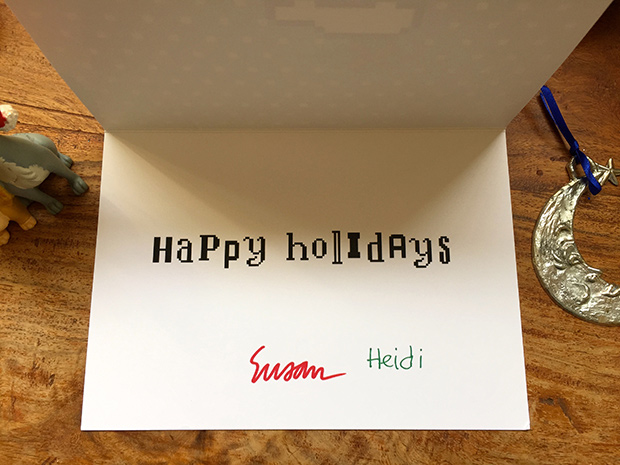
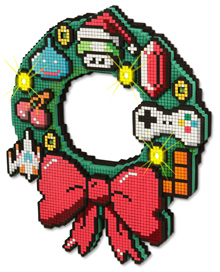 I’ve been a computer guy for a long time now, but I’ve been enjoying Christmas even longer.
I’ve been a computer guy for a long time now, but I’ve been enjoying Christmas even longer.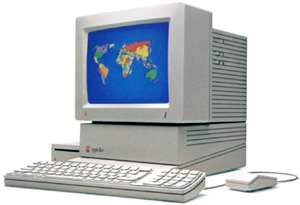 Here’s a quick little little anecdote from my Apple II past that I thought I would share.
Here’s a quick little little anecdote from my Apple II past that I thought I would share.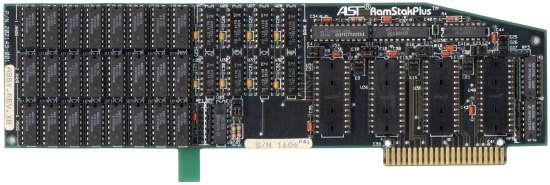
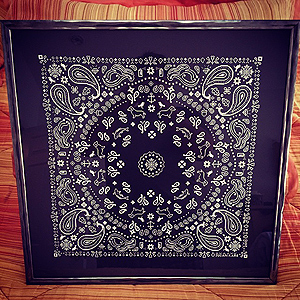
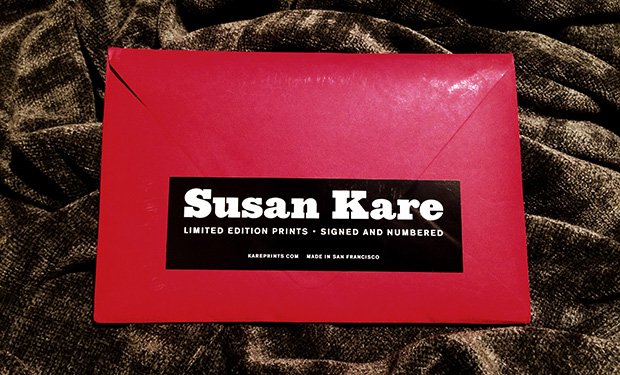
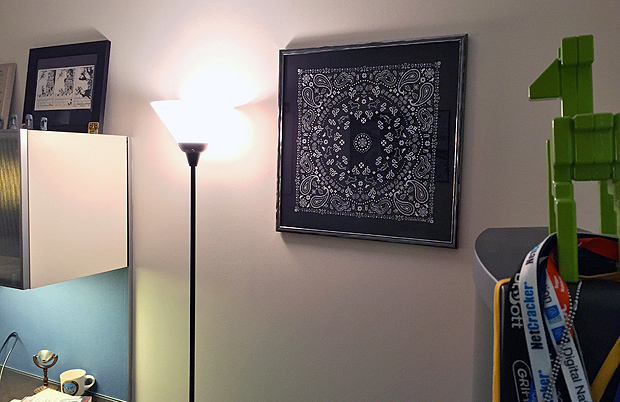
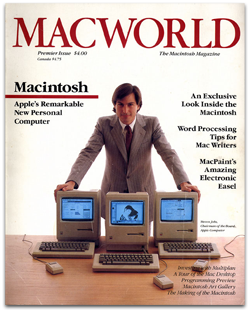 Yesterday Apple unveiled the iPhone 6 line along with the Apple Watch. This latest iPhone brings the largest number of enhancements of any new model ever released, while the Apple Watch might just be the beginning of the proliferation of an entirely new type of personal electronic device that finds its way onto the wrists of hundreds of millions. Alongside all of this, the Macintosh line — both desktop and portable — are thin, sexy, fast, and selling quite well. Apple has never been more popular or relevant than it is right now.
Yesterday Apple unveiled the iPhone 6 line along with the Apple Watch. This latest iPhone brings the largest number of enhancements of any new model ever released, while the Apple Watch might just be the beginning of the proliferation of an entirely new type of personal electronic device that finds its way onto the wrists of hundreds of millions. Alongside all of this, the Macintosh line — both desktop and portable — are thin, sexy, fast, and selling quite well. Apple has never been more popular or relevant than it is right now. 